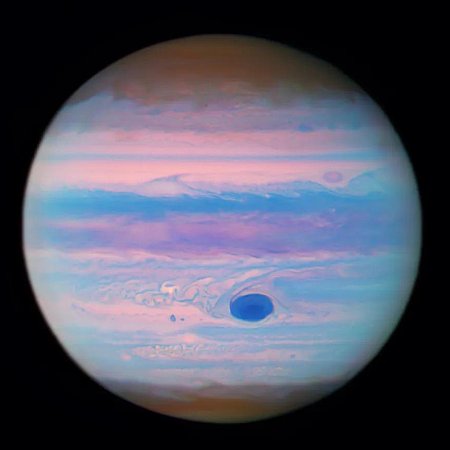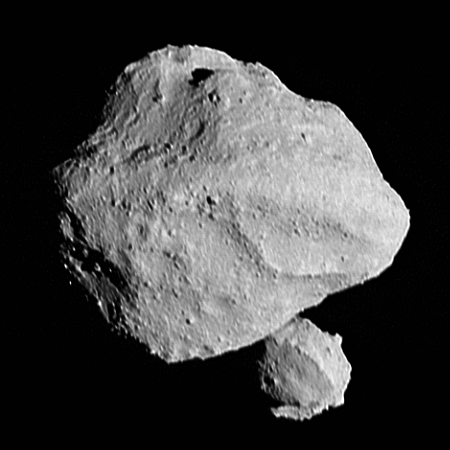Galaxies within galaxies within galaxies
Time another cool galaxy image! The picture to the right, cropped, reduced, sharpened, and annotated to post here, was taken by the Hubble Space Telescope as part of a survey project of galaxies where past supernovae had occurred. From the caption:
The location of this faded supernova was observed as part of a study of multiple hydrogen-rich supernovae, also known as type II supernovae, in order to better understand the environments in which certain types of supernovae take place.
Though the picture’s resolution was reduced to post here, I have also included insets at the full released resolution of three of background galaxies, one of which (on the uppermost right) appears to have a second smaller galaxy either associated with it or is another background galaxy even farther away. Such background galaxies are always seen Hubble images, which starkly tell us that the universe is far vaster than we can imaging, with more stars than we can conceive.
The galaxy featured here is interesting in its own right. Though it appears to be a spiral galaxy, its arms are very indistinct, suggesting that is sits between that of an elliptical galaxy (no arms, just a cloud of stars) and a spiral (with well-defined arms).
Time another cool galaxy image! The picture to the right, cropped, reduced, sharpened, and annotated to post here, was taken by the Hubble Space Telescope as part of a survey project of galaxies where past supernovae had occurred. From the caption:
The location of this faded supernova was observed as part of a study of multiple hydrogen-rich supernovae, also known as type II supernovae, in order to better understand the environments in which certain types of supernovae take place.
Though the picture’s resolution was reduced to post here, I have also included insets at the full released resolution of three of background galaxies, one of which (on the uppermost right) appears to have a second smaller galaxy either associated with it or is another background galaxy even farther away. Such background galaxies are always seen Hubble images, which starkly tell us that the universe is far vaster than we can imaging, with more stars than we can conceive.
The galaxy featured here is interesting in its own right. Though it appears to be a spiral galaxy, its arms are very indistinct, suggesting that is sits between that of an elliptical galaxy (no arms, just a cloud of stars) and a spiral (with well-defined arms).












